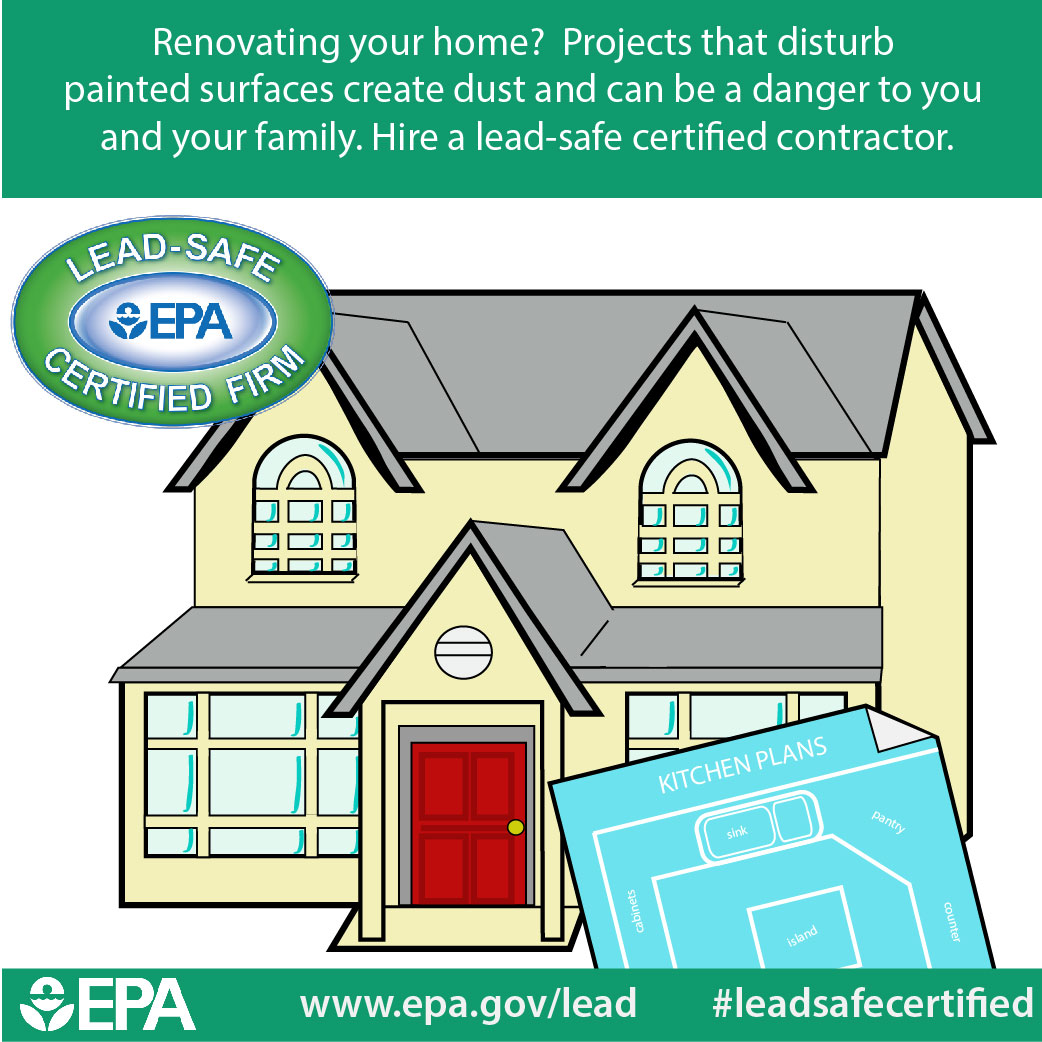Seasonal Considerations For Industrial Exterior Painting: What You Need To Know
Seasonal Considerations For Industrial Exterior Painting: What You Need To Know
Blog Article
painters in my area -Doherty Urquhart
When you're planning an industrial external painting task, seasonal elements can make or break your results. You'll intend to think about exactly how temperature level and humidity effect paint application and drying out times. Picking the appropriate period can guarantee your paint adheres correctly and lasts much longer. But which periods are genuinely the very best for this sort of job? Let's check out the key elements that can affect your task's success.
The Influence of Temperature on Paint Application
When you're preparing an industrial outside paint job, the temperature can considerably affect just how well the paint sticks and dries out.
Ideally, you wish to repaint when temperatures range in between 50 ° F and 85 ° F. If it's also cold, the paint may not heal effectively, leading to problems like peeling off or splitting.
On https://findapainternearme10864.blogunteer.com/34005803/how-can-choosing-the-right-colors-improve-your-brand-name-s-appeal-in-business-exterior-painting-learn-more-about-the-important-elements-that-notify-your-selections , if it's also hot, the paint can dry also promptly, protecting against correct attachment and resulting in an uneven surface.
You need to also consider the time of day; morning or late afternoon provides cooler temperature levels, which can be a lot more positive.
Always inspect the producer's recommendations for the specific paint you're using, as they commonly give advice on the perfect temperature level array for optimal results.
Humidity and Its Result on Drying Times
Temperature level isn't the only environmental factor that influences your industrial external paint project; humidity plays a significant duty too. High moisture degrees can reduce drying times considerably, impacting the total high quality of your paint work.
When the air is filled with moisture, the paint takes longer to treat, which can bring about problems like bad bond and a greater danger of mold growth. If you're repainting on a particularly damp day, be gotten ready for prolonged wait times between layers.
It's vital to keep track of regional climate condition and plan as necessary. Preferably, aim for moisture levels between 40% and 70% for optimum drying out.
Maintaining these factors in mind ensures your project remains on track and supplies a long lasting coating.
Best Seasons for Commercial Exterior Paint Projects
What's the best time of year for your industrial external painting jobs?
Springtime and very early autumn are typically your best choices. Throughout simply click the up coming website page , temperature levels are mild, and humidity levels are often reduced, producing optimal problems for paint application and drying out.
Stay clear of summertime's intense heat, which can create paint to dry also rapidly, leading to bad attachment and surface. Similarly, winter months's cool temperatures can hinder correct drying out and curing, running the risk of the long life of your paint job.
Go for days with temperatures between 50 ° F and 85 ° F for optimum results. Keep in mind to examine the local weather prediction for rain, as wet conditions can spoil your job.
Preparation around these elements guarantees your paint project runs efficiently and lasts much longer.
Conclusion
To conclude, planning your business outside paint projects around seasonal factors to consider can make a significant difference in the end result. By organizing job during the suitable temperatures and humidity levels, you'll guarantee far better adhesion and drying out times. Remember to keep an eye on local weather forecasts and choose the right time of year-- springtime and very early fall are your best options. Taking these actions will certainly help you accomplish a durable and professional finish that lasts.
